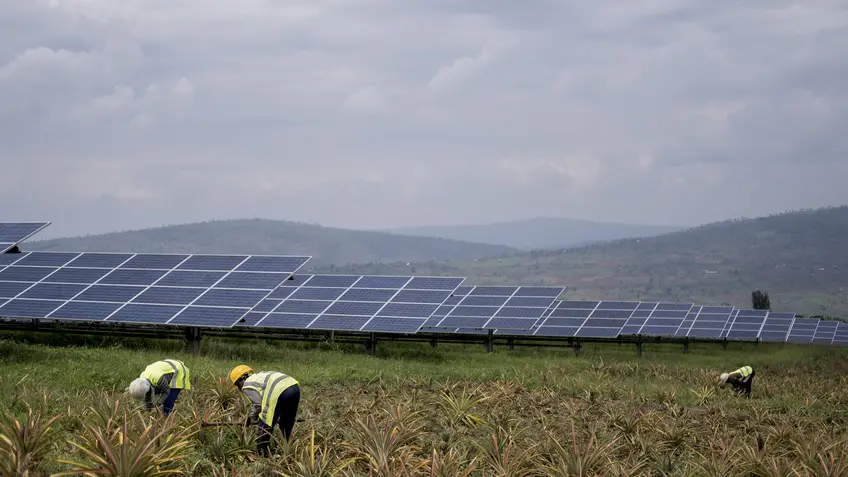Insight Brief Highlights NDC Enhancement Progress
Many countries are seizing the opportunity to ratchet-up climate ambition in 2020. Following a series of momentum building submissions to-date, several other countries are also preparing to submit their first revised Nationally Determined Contributions (NDCs), as required every five years under the Paris Agreement.
Countries are strengthening their mitigation and adaptation targets and actions, and actively improving the quality—and processes behind—their NDCs. The NDCs submitted in 2015 generated much needed momentum, but were often developed quickly with limited resources, data, or wide-scale consultations, resulting in missed opportunities to link climate and development agendas and enable ambition and inclusive climate action.
Countries have drawn many lessons from these experiences that have informed their current NDC updates. They are much more systematic by applying whole-of-government and whole-of-society approaches. This approach means countries are bringing together input from different ministries, sub-national stakeholders and governments, and key segments of society, including the private sector, youth, and women. Countries are also improving underlying data and monitoring, reporting and verification (MRV) systems. They are also costing their NDCs to ensure that climate targets are ambitious and have a realistic prospect of implementation. A new Insight Brief on NDC Enhancement by the NDC Partnership’s Support Unit highlights this more systematic approach to NDC updates. The Brief expands on several trends seen in the support provided to countries through the Partnership’s Climate Action Enhancement Package (CAEP). Key trends include:
-
Countries are looking for opportunities to raise their ambition by updating mitigation and adaptation targets and broadening the scope of their NDCs to cover a greater part of the economy. For instance, Nigeria aims to update its mitigation target for the electricity sector (estimated to cover 40 percent of emissions).
-
Countries are enhancing the quality of NDCs by engaging stakeholders, improving data and accompanying MRV systems, conducting NDC cost-benefit analyses, and increasingly aligning NDCs with sectoral plans. For example, Ecuador is quantifying the costs of climate change inaction in all sectors to ensure that its climate change budget is prioritized in the national budget.
-
Countries are striving to ensure NDCs are actionable by developing detailed implementation plans and financing strategies and aligning NDCs to long-term efforts. For example, in Vanuatu, the government is identifying challenges and barriers to NDC implementation and carrying out gender impact analysis for NDC implementation.
While countries are deep into their NDC updates, the COVID-19 pandemic is posing challenges to enhancement efforts, including the ability to collect and validate data, convene key stakeholders, and facilitate key decision-making processes. In many cases, timelines for submitting updated NDCs have already slipped and these challenges risk impacting the quality and ambition of submitted NDCs.
The Partnership has responded by deepening its support, and to bring climate into the heart of the COVID-19 recovery process, while helping to maintain the momentum to enhance NDCs and raise climate ambition. Through CAEP and the deployment of economic advisors, the Partnership will continue to ensure countries are matched with key technical and financial support to help shape their economic recovery and climate plans for the years to come.
This blog was written by Eileen Knowles and Amanda McKee of the NDC Partnership Support Unit.
